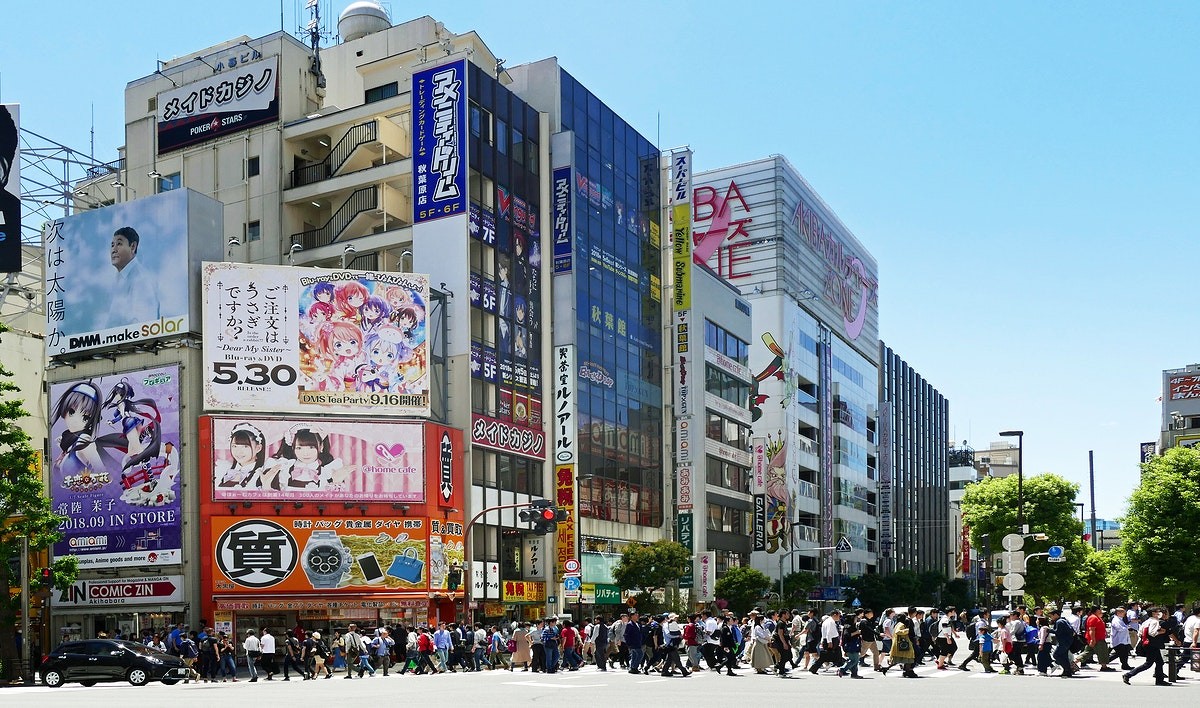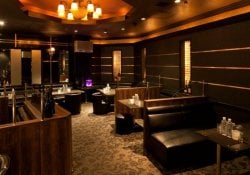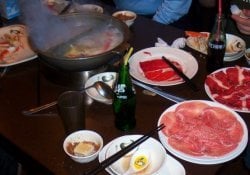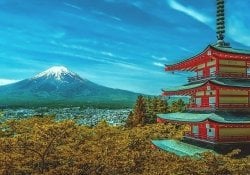The "Akihabana Massacre". Thus became known the murder of seven people who were stabbed by a man named Tomohiro Kato, 39 years old. The crime took place June 8, 2008 in the city of Akihabara in Tokyo. The man was sentenced 14 years ago and was executed on July 26, 2022. This was the first time the country has served this type of sentence this year. The massacre was in an area considered popular because of the region's trade in electronics, games and anime products.
At the time the perpetrator of the crimes was 25 years old, he rented a truck and ran over many people. After the act of cowardice he got out of the vehicle and started stabbing people at random. A week before the massacre Tomohiro had lost his job during the mass layoffs at a factory.
His execution was ordered by Justice Minister Yoshihisa Furukawa. It states that about 80% of the Japanese support the death penalty in cases like this. “Considering that brutal crimes never cease, it is necessary to impose the death penalty on those who committed extremely serious and brutal crimes”, he reports.

Índice de Conteúdo
Execution
Japan carries out execution by hanging. In addition to the execution of the person responsible for the Akihabara Massacre, the last case in this regard was three convicts in December 2021. According to Japanese data, executions are carried out infrequently in Japan.
However, in 2018, 15 people were sentenced to death. 13 of them were linked with an apocalyptic cult called Aum Shinrikyo - the same name as the perpetrator of the massacre. He planned to attack people with sarin gas in the Tokyo subway in 1995. On that day 15 people died and another 5,500 were injured.
Japan has the death penalty, but in more serious cases. However, other Asian countries adopted the punishment even for situations that did not involve heinous crime or murder. a group of human rights in japan, the Japanese branch of Amnesty International, opposes the death penalty. For them, this form of reprimand is a return to Japan as around 70% of the countries have banned the death penalty or stopped using it.
Sorry, this entry appears to be in a code or format that I cannot translate.
The pen has been around since the 4th century, under Chinese influence. In the Nara period, this type of punishment became less common. The explanation would be with the Buddhist teachings, which were very present at the time. At the Heian period, the penalty was completely abolished.
The death penalty went unused for about 346 years. Shortly after, in Kamakura period, the death penalty became more cruel, through burning, boiling and crucifixion. In the Muromachi period, the methods became even more severe. Some forms of execution used in this period were inverted crucifixion, spear impalement, sawing and dismemberment of oxen and carts. The person could be killed for even the simplest of crimes and even the convict's family and friends could suffer the punishment along with him.

This death penalty lasted throughout the Edo period and beginning of Meiji. In these eras Confucianism stood out, which resulted in stronger penalties due to offenses made to the lords. Torture also began to be used for confessions. In the year 1871, the practice was abolished – in fact, any type of torture as a form of punishment. The measure was taken on account of the reform of the penal code. Two years later the death penalty numbers declined and the accepted forms of execution were beheading and hanging.
In the late 1980s, four death sentences were overturned. According to information from the British newspaper The Times, the death penalty was suspended on September 17, 2009. However, there was no official announcement by the government.
secret deaths
Japanese executions are secret. In the year 2021, 26% of people on death row were over 70 years of age. Of these, two had been in prison for more than 40 years. That's because the period between conviction and execution can last many years, even decades. People who are about to die are warned a few hours before the execution. Relatives only have access after death. It was only in 2017 that the names of those executed began to be released.
The location where the killings are carried out is not known, but it is called the 'House of Death'. The prisoner has the right to call a religious entity before his execution. In a nearby room there is a sculpture of Kannon – goddess of mercy.
Photos of the place where the execution is carried out are prohibited, but in 2010, the minister at the time, Keiko Chiba, invited journalists into the room to open a discussion about the punishment system. He was against the death penalty.
What is your opinion on this matter?




